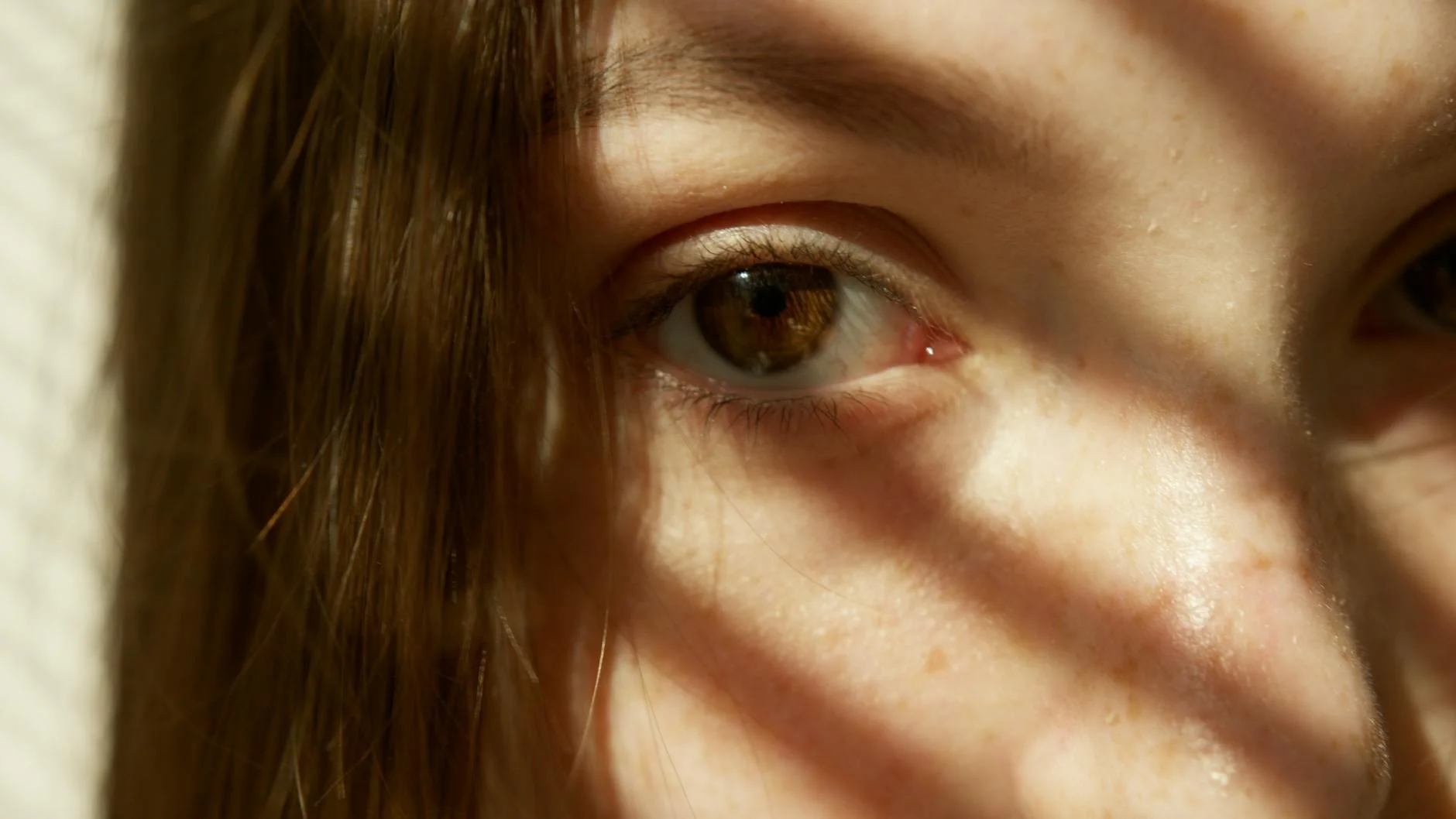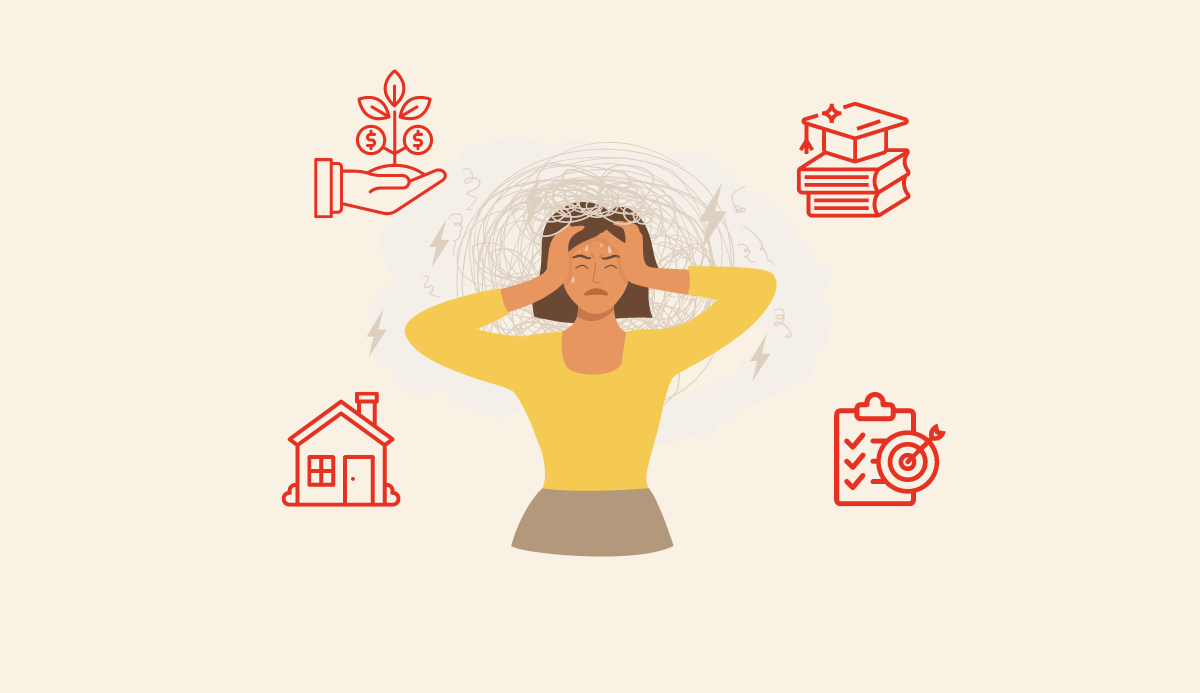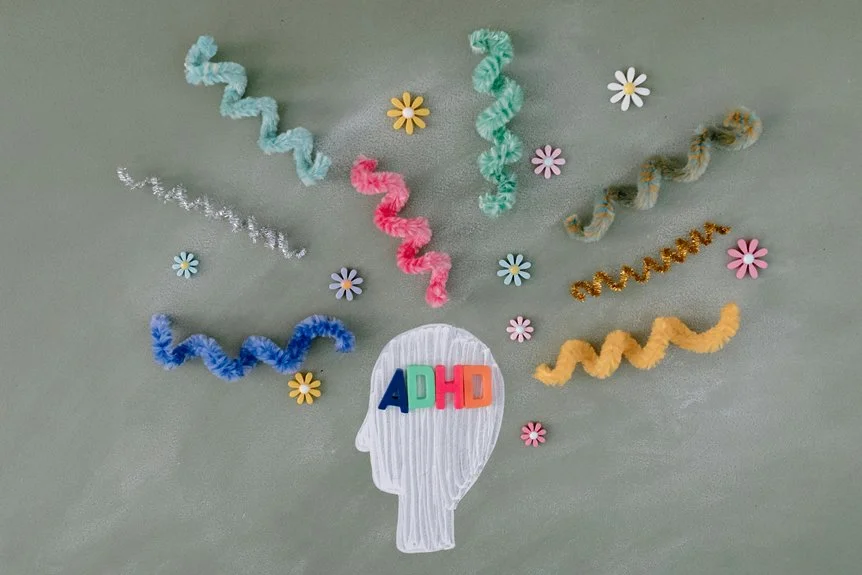
You know that feeling when everyone thinks you’ve got it all together, but inside your brain feels like a browser with 47 tabs open and three of them are playing music? I’ve noticed that ADHD presents differently in women and girls, creating hidden struggles that most people never see coming. From the exhausting performance of appearing “normal” to academic success that masks complete internal chaos, these five overlooked challenges might just explain why you feel like you’re constantly swimming upstream while everyone else seems to glide effortlessly through life.
Key Takeaways
- Masking exhaustion from constantly performing “normal” behavior while internally struggling with ADHD symptoms and overwhelming obligations.
- Academic success hiding internal chaos, with perfect grades masking emotional meltdowns and organizational disasters at home.
- Emotional dysregulation dismissed as “being too sensitive” when rejection feels physically painful and joy becomes overwhelming.
- Perfectionism trap causing procrastination from fear, followed by panic-driven work sessions that lead to burnout cycles.
- Social exhaustion from monitoring eye contact, interrupting tendencies, and conversation tracking while feeling perpetually out of sync.
The Exhausting Art of Masking and People-Pleasing

While your male classmates might openly fidget or blurt out answers without a second thought, you may have spent years perfecting the exhausting performance of appearing “normal” – and I’ve noticed this masking habit hits ADHD girls particularly hard because we’re often socialized to be agreeable, quiet, and accommodating from day one.
Individuals in your position have likely mastered the art of nodding enthusiastically during boring meetings while your brain screams for stimulation, or saying “yes” to every request even when you’re already drowning in commitments.
In my experience, this constant people-pleasing creates a vicious cycle where you’re simultaneously overwhelmed by obligations and terrified of disappointing anyone, leaving you mentally exhausted from maintaining this carefully constructed facade that nobody even asked for.
The reality is that ADHD symptoms can manifest quite differently in women, often showing up as this internal struggle with organization and the constant feeling of juggling multiple tasks rather than the more obvious hyperactive behaviors typically associated with the condition.
Academic Success That Hides Inner Chaos
This relentless masking often leads to what I call the “straight-A student paradox” – you’re probably crushing it academically while feeling like a complete disaster internally, and I’ve found that many ADHD girls become masters at channeling their chaos into academic achievement because school provides the external structure their brains desperately crave.
In my experience, you’re likely the one who submits assignments early while your room looks like a tornado hit it, or you ace presentations despite spending three hours crying in your car beforehand. I’ve noticed this creates a dangerous invisibility cloak – teachers see your grades and assume you’re thriving, missing the internal meltdowns and frantic late-night cramming sessions that fuel your success.
The constant mental juggling act happens because ADHD brains process information uniquely, picking up on more stimuli at once, which makes maintaining that perfect academic facade even more exhausting as you’re filtering through countless distractions while trying to appear effortlessly focused.
Emotional Dysregulation Disguised as “Being Too Sensitive”

Four years of being told I was “too dramatic” or “overly emotional” taught me that what feels like tsunamis of feeling crashing through your brain isn’t actually you being “too much” – it’s emotional dysregulation, and I’ve discovered that ADHD brains process emotions with the same intensity dial cranked to eleven that affects everything else we do.
In my experience, you’ll feel rejection like a physical punch when someone doesn’t text back, or experience joy so overwhelming it makes you cry at dog videos. I’ve noticed that learning to recognize these emotional surges as neurological differences, not character flaws, becomes your first step toward managing them instead of apologizing for existing with the emotional depth of an ocean.
Creating flexible systems that adapt to your natural emotional rhythms means having backup plans for overwhelm days and structured routines for when you need extra support navigating intense feelings.
The Perfectionism Trap That Leads to Burnout
After three years of staying up until 2 AM perfecting presentations that were already good enough, I’ve learned that ADHD perfectionism isn’t about having high standards – it’s about terror disguised as excellence, and the crushing cycle goes like this: you procrastinate because the task feels impossible to do perfectly, then panic-work yourself into exhaustion trying to make up for lost time with flawless execution.
I’ve noticed this trap feels especially brutal because you’re convinced everyone else effortlessly produces perfect work while you’re drowning in revision hell. In my experience, breaking free requires setting “good enough” boundaries upfront – I literally write “DONE AT 80%” on sticky notes now, because your perfectionism will always find another flaw to fix, another detail to polish, another reason to sacrifice your sleep. The perfectionism-procrastination loop becomes even more vicious when you’re already struggling with time management, constantly underestimating how long tasks will take and finding yourself in those familiar last-minute panic spirals.
Social Struggles and Feeling Like an Outsider

When you’re constantly masking your ADHD traits to fit in, social interactions become this exhausting performance where you’re simultaneously trying to recall to make eye contact, not interrupt, and track the conversation while your brain is already three topics ahead. I’ve noticed this creates a disconnect that makes you feel like you’re watching friendships through glass, always slightly out of sync with everyone else’s rhythm. The good news is that your empathy & intuition often help you understand people’s needs on a deeper level, even when surface-level social cues feel challenging.
| What You Experience | What Others See | The Reality |
|---|---|---|
| Racing thoughts during conversations | Distracted or uninterested | You’re processing everything at once |
| Forgetting social plans | Flaky or unreliable | Executive dysfunction strikes again |
| Interrupting with excitement | Rude or self-centered | Your enthusiasm overrides impulse control |
| Avoiding group events | Antisocial behavior | Social exhaustion from constant masking |
| Oversharing personal details | Inappropriate boundaries | Dopamine-seeking through connection |
In my experience, recognizing these patterns helps you find your authentic social tribe.
Conclusion
You’re not broken, you’re just wired differently, and recognizing these hidden struggles is honestly the first step toward making peace with your ADHD brain. I’ve found that understanding why you feel exhausted after social events or why you procrastinate on important tasks helps reduce that crushing self-criticism we’re all too familiar with. You deserve compassion, especially from yourself, as you navigate these challenges that nobody really talks about.





Leave a Reply